Officials plead for help in finding person who assassinated Charlie Kirk on Utah college campus.
OREM, Utah — A palm print. A shoe impression. And a high-powered rifle found in a wooded area. Those are among the clues authorities laid out as they pleaded for the public’s help to find the person who assassinated conservative activist Charlie Kirk before dropping from a Utah university campus roof and vanishing.
The search continued early Friday, nearly two days later.
U.S. federal investigators and state officials on Thursday released a series of photos and a video of the person they believe is responsible. Kirk was hit as he spoke to a crowd gathered in a courtyard at Utah Valley University in Orem.
More than 7,000 leads and tips have poured in, officials said. But authorities have yet to name a suspect or cite a motive in the killing, the latest act of political violence to convulse the United States.
“We cannot do our job without the public’s help,” Gov. Spencer Cox said during a Thursday evening news conference with FBI Director Kash Patel, who did not speak.
The direct appeals for public support, including new and enhanced photos of a person in a hat, sunglasses, a long-sleeve black shirt and a backpack, appeared to signal law enforcement’s continued struggles. Two people who were taken into custody shortly after the shooting were determined not to be connected.
Other clues included a Mauser .30-caliber, bolt-action rifle found in a towel in the woods. A spent cartridge was recovered from the chamber, and three other rounds were loaded in the magazine, according to information circulated among law enforcement and described to The Associated Press. The weapon and ammunition were being analyzed by law enforcement at a federal lab.
Officials are offering a US$100,000 reward for information leading to an arrest. Cox said he’s prepared to seek the death penalty.
Grisly video shared online
The attack, carried out in broad daylight as Kirk spoke about social issues, was captured on grisly videos that spread on social media.
The videos show Kirk, a close ally of President Donald Trump who played an influential role in rallying young Republican voters, speaking into a handheld microphone when suddenly a shot rings out. Kirk reaches up with his right hand as blood gushes from the left side of his neck. Stunned spectators gasp and scream before people start running away.
The shooter, who investigators believe blended into the campus crowd because of a “college-age” appearance, fired a single shot from the rooftop, according to authorities. Video released Thursday showed them then walking through the grass and across the street, before disappearing.
“I can tell you this was a targeted event,” said Robert Bohls, the top FBI agent in Salt Lake City.
Trump, who was joined by Democrats in condemning the violence, said he would award Kirk the Presidential Medal of Freedom, the highest civilian honor in the U.S. Vice President JD Vance and his wife, Usha, visited with Kirk’s family Thursday afternoon in Salt Lake City. Vance posted a remembrance on X chronicling their friendship, dating back to initial messages in 2017, through Vance’s Senate run and the 2024 election.
“So much of the success we’ve had in this administration traces directly to Charlie’s ability to organize and convene,” Vance wrote. “He didn’t just help us win in 2024, he helped us staff the entire government.”
Kirk’s casket was flown aboard Air Force Two from Utah to Phoenix, where his nonprofit political youth organization, Turning Point USA, is based. Trump told reporters he plans to attend Kirk’s funeral. Details have not been announced.
Kirk was taking questions about gun violence
Kirk was a conservative provocateur who became a powerful political force among young Republicans and was a fixture on college campuses, where he invited sometimes-vehement debate on social issues.
One such provocative exchange played out immediately before the shooting as Kirk was taking questions from an audience member about gun violence.
The debate hosted by Turning Point at the Sorensen Center on campus was billed as the first stop on Kirk’s “American Comeback Tour.”
The event generated a polarizing campus reaction. An online petition calling for university administrators to bar Kirk from appearing received nearly 1,000 signatures. The university issued a statement last week citing First Amendment rights and affirming its “commitment to free speech, intellectual inquiry and constructive dialogue.”
Last week, Kirk posted on X images of news clips showing his visit was sparking controversy. He wrote, “What’s going on in Utah?”
Attendees barricaded themselves in classrooms
Some attendees who bolted after the gunshot rushed into two classrooms full of students. They used tables to barricade the door and to shield themselves in the corners. Someone grabbed an electric pencil sharpener and wrapped the cord tightly around the door handle, then tied the sharpener to a chair leg.
On campus Thursday, the canopy stamped with the slogan Kirk commonly used at his events — “PROVE ME WRONG” — stood, disheveled.
Kathleen Murphy, a longtime resident who lives near the campus, said she has been staying inside with her door locked.
“With the shooter not being caught yet, it was a worry,” Murphy said.
Meanwhile, the shooting continued to draw swift bipartisan condemnation as Democratic officials joined Trump and other Republican allies of Kirk in decrying the attack, which unfolded during a spike of political violence that has touched a range of ideologies and representatives of both major political parties.
___
Eric Tucker, Alanna Durkin Richer, Jesse Bedayn And Hannah Schoenbaum, The Associated Press
Tucker and Richer reported from Washington. Associated Press writers Nicholas Riccardi in Denver; Michael Biesecker, Brian Slodysko, Lindsay Whitehurst and Michelle L. Price in Washington; Ty O’Neil in Orem, Utah; Hallie Golden in Seattle; and Meg Kinnard in Chapin, South Carolina, contributed to this report.
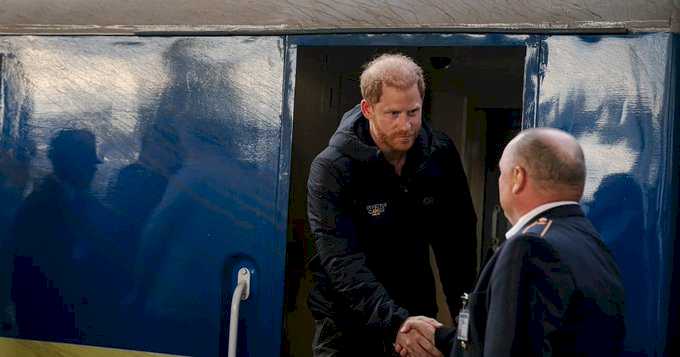

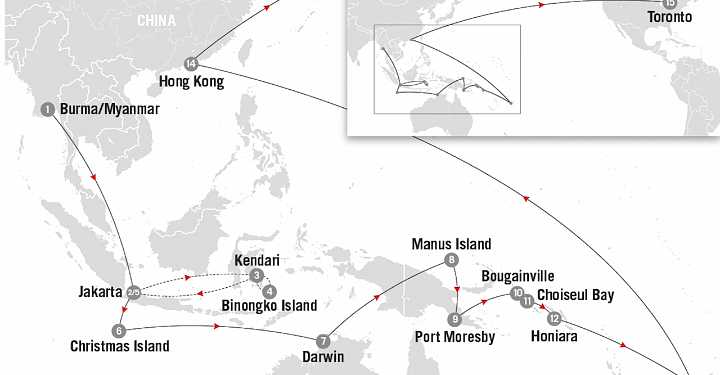


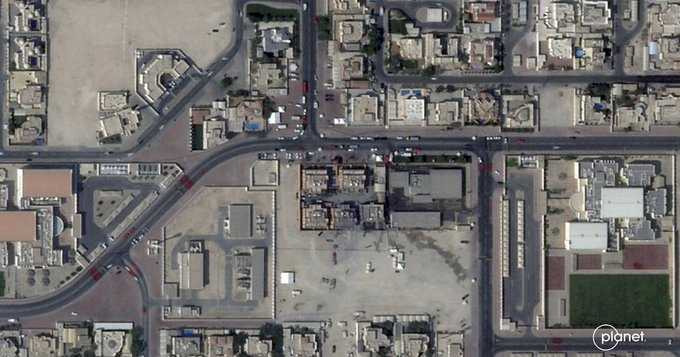
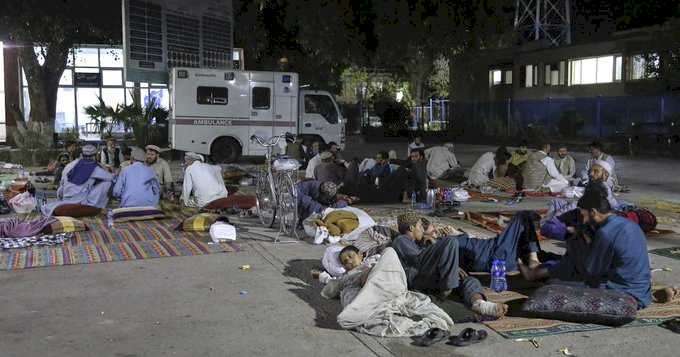
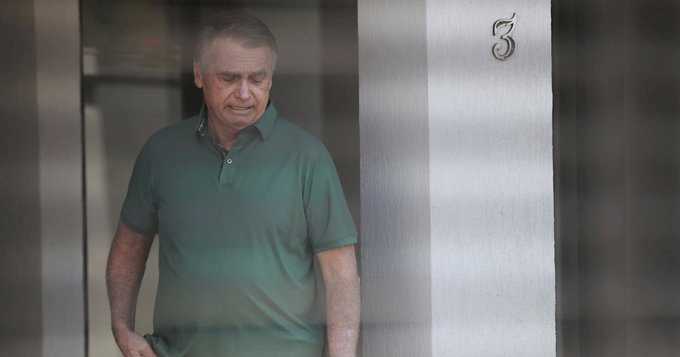
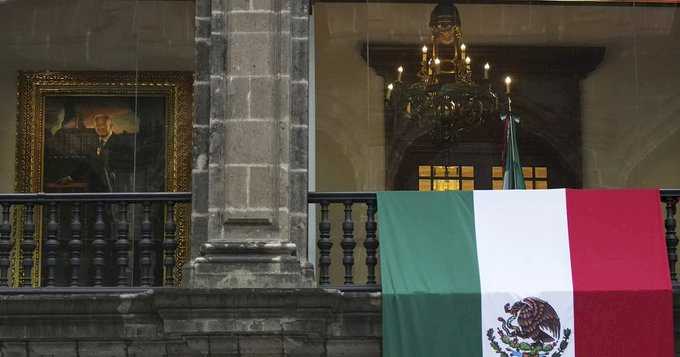

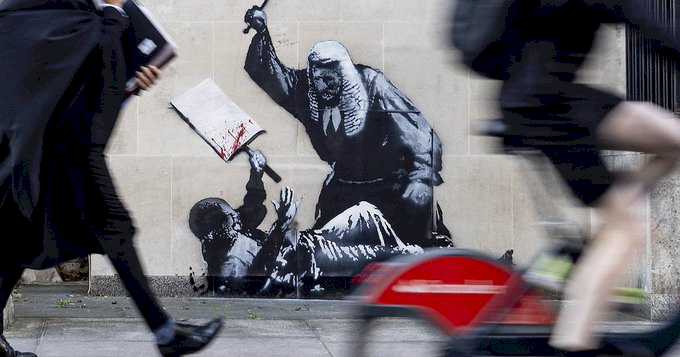



Global News on Umojja.com